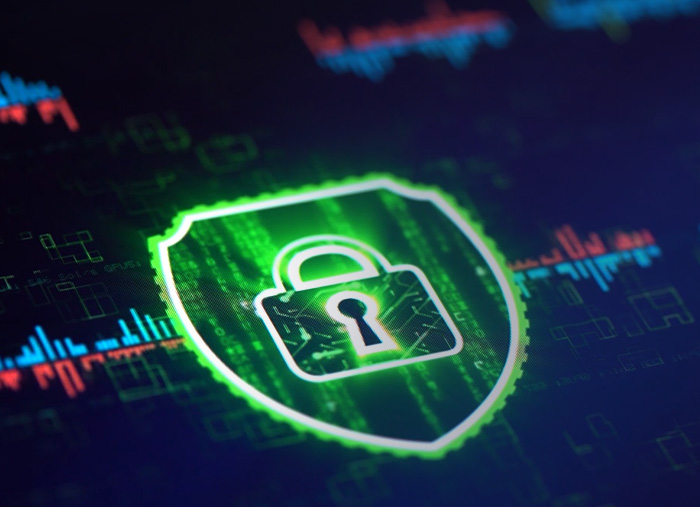A natural gas compression plant was hit by a ransomware attack that forced it to shut down for two days, according to a Feb. 18, 2020, alert from the U.S. Department of Homeland Security (DHS). The attacker was able to access the plant’s IT network, and then move to its operational technology (OT) network. DHS’s Cybersecurity and Infrastructure Security Agency (CISA) said a lack of network segmentation allowed the attacker to cross the IT / OT boundary.
Cybersecurity
The increased use of digital technologies, cloud services and connected infrastructure has allowed oil and gas companies to increase efficiency and uptime, improve safety and reduce costs. However, it has also exposed the industry to heightened risk of cyberattacks.
Every year, the Ponemon Institute puts out its Cost of a Data Breach Report. The latest edition shows that the cost of a breach has risen 12 percent over the past five years and now totals $3.92 million on average.
Firewalls are among the most important elements of network security, filtering traffic to allow the free flow of legitimate communications while preventing unauthorized access. However, rising management complexity is actually making firewalls a source of exposure.
Cyber security is rapidly changing game of cat and mouse, with IT professionals attempting to stay one step ahead of increasingly sophisticated attackers. That’s why it’s important to keep abreast of emerging attack vectors and other issues impacting the security climate. Here’s a look at some of the future trends in cyber security that security analysts are predicting for 2020, and what organizations can do to reduce their risk.






